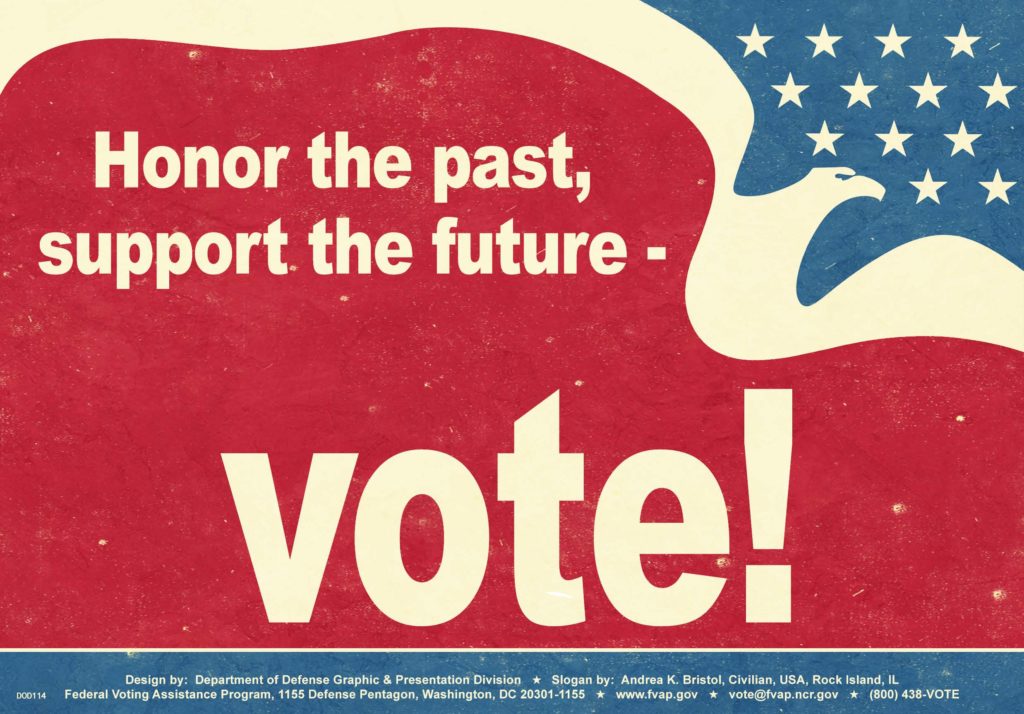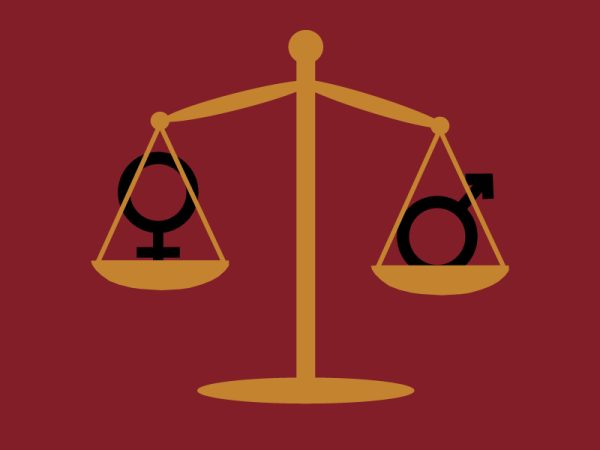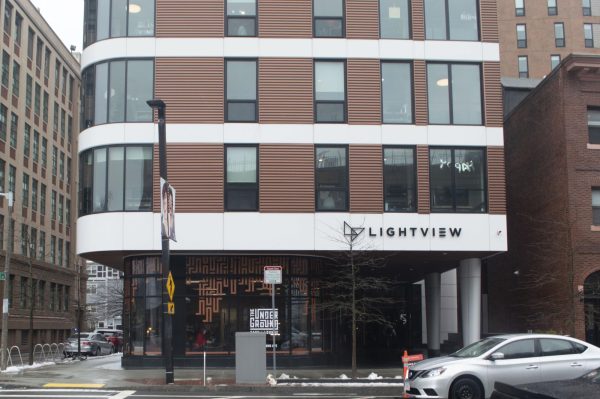Editorial: Keep on voting, America
November 29, 2018
The 2018 midterm elections were remarkable in terms of voter turnout. Almost half of the people in America who can vote, did.
What’s particularly striking is that nearly a third of young people voted in this election — the highest proportion of this age group to vote in the last seven midterms. When the voting age was lowered from 21 to 18 more than 50 years ago, more than 55 percent of young people voted in the presidential election, a figure which has steadily declined in the years since.
Voter apathy, a lack of means to get to polling places and inadequate voting education among other obstacles got in the way of even the famously activist 1970s youth. Young voters have cast ballots at consistently lower rates than older age brackets. One notable exception includes a 49 percent turnout among 18-24 year olds in 2008. Now, in 2018, we’re seeing those numbers start to rise again, and that’s encouraging, but it’s not enough.
As citizens, we all have a civic duty to stay educated and vote. As young people, we have a responsibility to increase our representation in voting numbers. With approximately 31 percent of people 18-24 voting in this year’s midterms, there is a distinctive shift we can’t ignore. But with so much at stake in the next presidential election — just two years away — we can’t afford to lose this momentum, so let’s strive to keep this trend up.
This year’s midterms were record-breaking in several respects, but why? Why 2018? Why did so many millions of people plan to vote early and why did more Democrats vote than Republicans?
Most of those answers can likely be drawn back to the American public’s highly divided opinions on President Donald J. Trump.
There’s no substantive middle ground in terms of people’s opinions on Trump. In a CNN exit poll, approximately 45 percent of 2018 voters said they approve of his work as president and 54 percent said they disapprove. That fervor on both sides is likely the main factor that brought people from all walks of life to the polls in record numbers. Trump’s incendiary rhetoric and language — which won him the presidency in 2016 — harmed his party’s Congressional control in 2018. We saw a repudiation of Trump among the historically lowest voting demographics, including young people and Latino voters.
What does it all mean, though? At the end of the day, after a recount in Florida and a highly contested Georgia gubernatorial race, Democrats have secured a majority in the House of Representatives and Republicans have added two seats their 51 seat majority in the Senate.
The 2018 midterms seemed to indicate that people under 30 are realizing the efficacy of their vote. The result is that after 2016’s Republican sweep of the elections, the two parties now share control of Congress.
We can’t let our political involvement end with voting in the midterms, though. Keeping an eye on local and state government officials is the best way to see how voting directly impacts lives. Additionally, going to town hall meetings and public forums can give all citizens a better sense of how we can effect change, beyond just voting.
It is imperative that passion in politics — for both parties — doesn’t taper off now. The more Americans that vote and stay politically active every year, the more representative our government will be of all people. Higher voter turnout among the youngest age group is directly related to increasing youth involvement. Remember to stay active and vote again in 2020. Don’t worry, we’ll remind you.


















